💪 Support independent web, support us:
There are great many things to do in South Korea, and so are in Jeju City.
Amidst the pristine beaches, towering waterfalls, and majestic mountain ranges, Jeju City is a treasure trove of experiences waiting to be discovered.
From exploring the mysterious lava tubes to indulging in cultural cuisines, Jeju City is a microcosm of natural beauty and cultural richness.
So, fasten your seat belts, and get ready for an adventure of a lifetime in the stunning city of Jeju.
Without further ado listed below are some of the most fun things to do in Jeju City:
1. Jeju Folk Village Museum
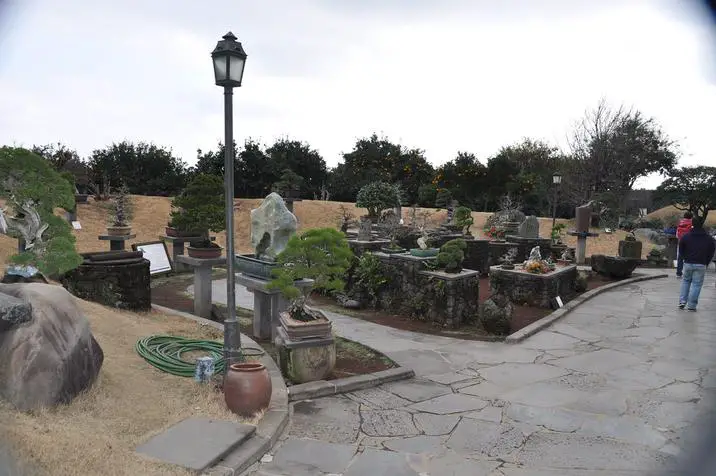
Jeju Folk Village Museum is an outdoor museum located in Jeju City, showcasing the traditional way of life of Jeju Island.
What to see or do: Visitors can explore the recreated traditional Jeju village, featuring over 100 traditional houses made from basalt and lava rock. The museum displays a variety of artifacts and exhibits giving a glimpse into Jeju’s unique culture and history.
Visitors can also watch cultural performances such as traditional music, dance, and horse riding.
Don’t miss: Don’t miss the black pig farm, where visitors can see the famous Jeju black pigs known for their delicious meat. Also, make sure to catch the performances of the traditional Jeju wedding ceremony.
Insider travel tips: The museum gets busy during weekends and holidays, so it’s better to visit on weekdays.
2. Seongsan Ilchulbong Peak
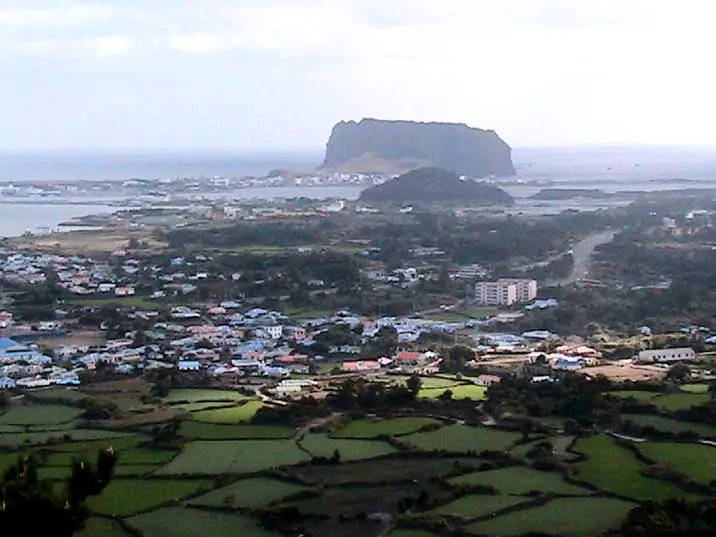
A UNESCO World Heritage Site and a volcanic crater located on Jeju Island.
What to see or do: Hike to the top of the crater and enjoy the panoramic views of the ocean and surrounding landscape.
Don’t miss: The sunrise at Seongsan Ilchulbong is a breathtaking and popular sight.
Insider travel tips: Arrive early in the morning to avoid crowds and bring comfortable shoes for the steep hike up the crater. Additionally, wear warm clothes if visiting for sunrise as it can get chilly.
3. Hallasan Mountain
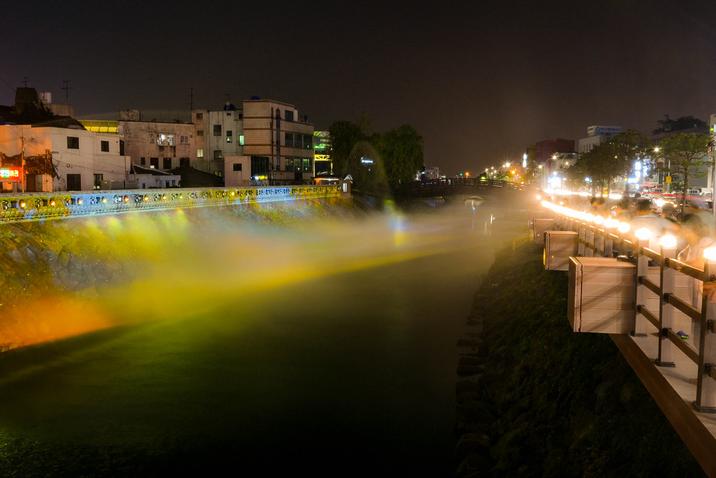
A shield volcano located in Jeju City, South Korea, and the highest mountain in South Korea.
What to see or do: Hiking to the summit of the mountain, enjoying breathtaking views, exploring the unique flora and fauna.
Don’t miss: Sunrise and sunset views from the summit, the Baengnokdam crater lake, the Eorimok Trail.
Insider travel tips: Bring proper hiking gear, especially in winter. Check weather conditions and trail closures before setting out.
Carry enough water and snacks for the journey.
4. Jeju Teddy Bear Museum
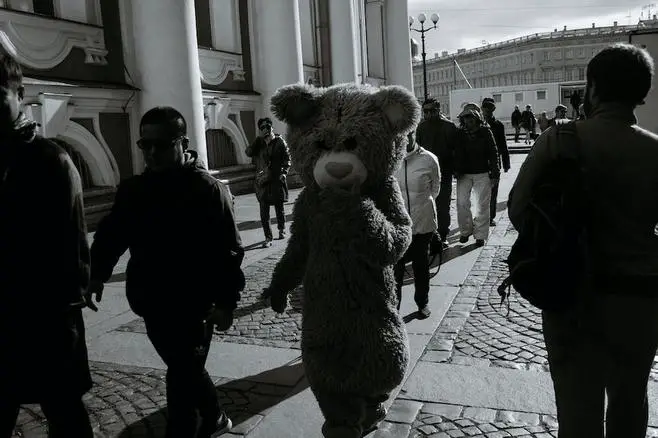
Jeju Teddy Bear Museum is a museum dedicated to teddy bears located in Jeju City, South Korea. It houses a variety of teddy bears, from traditional to modern and even celebrity-inspired bears.
What to see or do: Visitors can explore the museum’s exhibits to see the evolution of teddy bears and how they’ve become an iconic symbol of childhood.
The museum also features a teddy bear workshop where visitors can make their own teddy bears.
Don’t miss: One of the most popular exhibits in the museum is the “Teddy Bear Safari” which displays teddy bears dressed in costumes of different cultures from around the world.
Another must-see is the “Teddy Bear Mona Lisa” created by British artist Chris Lewis.
Insider travel tips: – The museum can get crowded during peak tourist season, so it’s best to visit early in the day.
5. Jeju Loveland
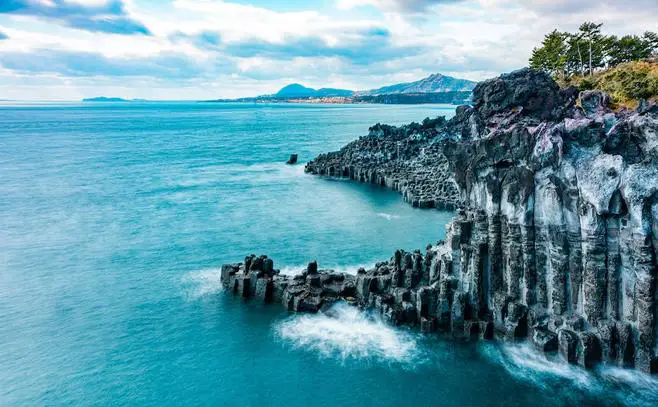
Jeju Loveland is an outdoor erotic sculpture park in Jeju City, South Korea.
What to see or do: The park features over 140 sculptures that depict various sexual positions, acts, and anatomy. Visitors can take a self-guided tour and appreciate the artwork, which includes giant phalluses, kissing statues, and more.
Don’t miss: The “Hands-on Zone,” which allows visitors to take photos with some of the sculptures and purchase souvenirs such as erotic-themed postcards.
Insider travel tips: – Jeju Loveland is for adults only and is not recommended for families with children.
6. Jungmun Beach
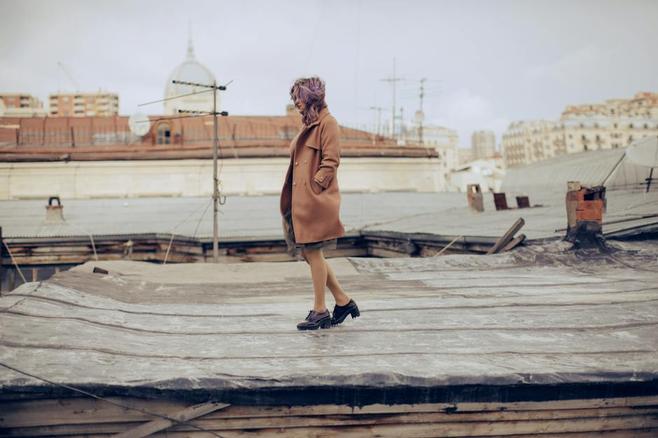
Jungmun Beach is a beautiful and popular beach located in Jeju City, South Korea.
What to see or do: There is plenty to do at Jungmun Beach, including swimming, surfing, sunbathing, and simply enjoying the stunning views of the ocean and the surrounding cliffs.
Visitors can take a stroll along the sandy shore or enjoy a range of water activities like jet skiing, parasailing, and scuba diving.
Don’t miss: Don’t miss out on the spectacular views of the nearby Jusangjeolli Cliff, a natural wonder formed by a lava flow that has been eroded by the ocean.
The cliff is just a short walk from the beach and offers breathtaking scenery.
Insider travel tips: – Visit Jungmun Beach during the week if possible, as it tends to get crowded on weekends.
7. Jeju Jungmun Resort
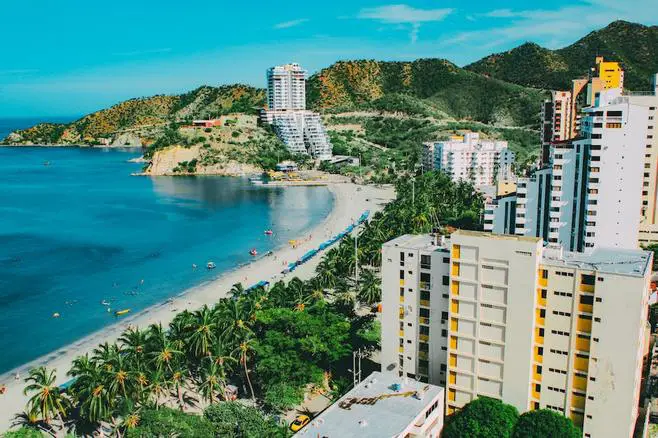
A luxurious and sprawling resort complex in the heart of Jeju City, South Korea.
What to see or do: – Enjoy the stunning ocean views from the resort’s private beach.
Don’t miss: – The nightly outdoor light show, featuring a stunning display of lights, water, and music.
Insider travel tips: – Book a room with an ocean view for a truly unforgettable experience.
8. O’sulloc Tea Museum
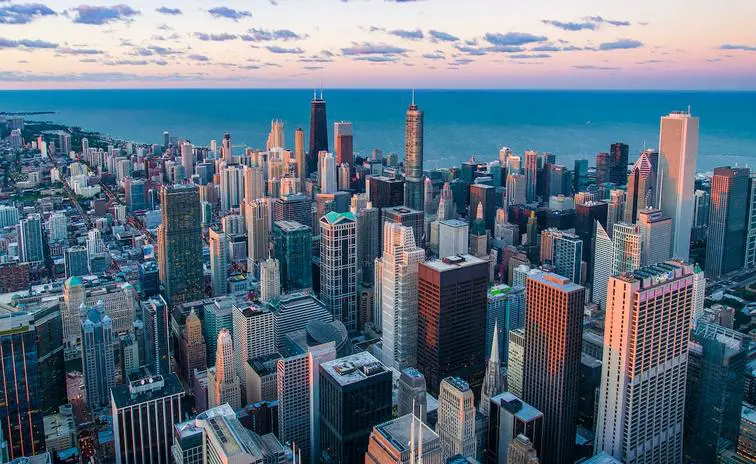
A museum dedicated to the history and culture of Korean tea, located in Jeju City on Jeju Island.
What to see or do: Visitors can explore the museum’s indoor and outdoor exhibits, which showcase the art of tea-making and the history of tea-drinking in Korea.
The museum also offers tea tastings and workshops, allowing visitors to learn about different types of tea and traditional tea ceremonies.
Don’t miss: The highlight of a visit to the O’sulloc Tea Museum is the chance to sample some of the museum’s high-quality teas in the beautiful tea room, surrounded by lush green tea fields.
Insider travel tips: Be sure to try the museum’s signature green tea ice cream, which is made from local Jeju Island tea. The museum can get crowded during peak season, so plan to arrive early in the day to avoid long lines.
And don’t forget to pick up some tea souvenirs at the museum shop before you leave!
9. Manjanggul Cave
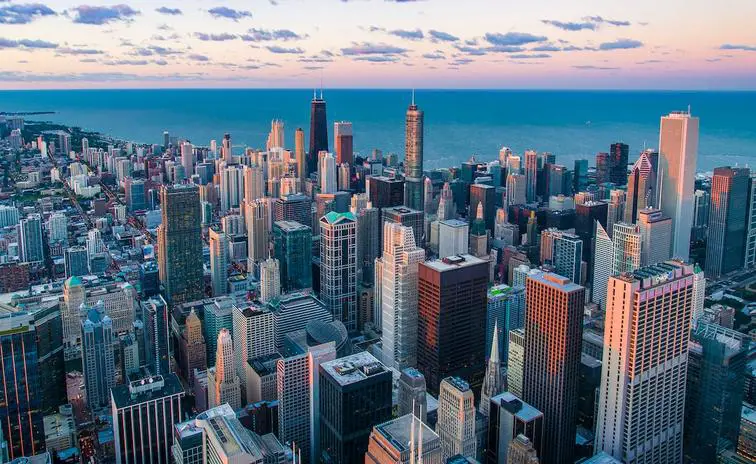
Manjanggul Cave is a lava tube cave located in Jeju City, South Korea, formed by volcanic eruptions approximately 2.5 million years ago.
What to see or do: Visitors can walk the 1 kilometer pathway to explore the unique geological formations in the cave, including stalactites and stalagmites. The cave’s temperature stays cool year-round at around 11°C (52°F).
Don’t miss: The highlight of the cave is the Stone Turtle, a columnar jointing formation that resembles a turtle. It’s the largest known lava column in the world, measuring at 7.
6 meters tall.
Insider travel tips: – Bring warm clothing as the cave can be chilly, even on hot days.
10. Samseonghyeol Shrine
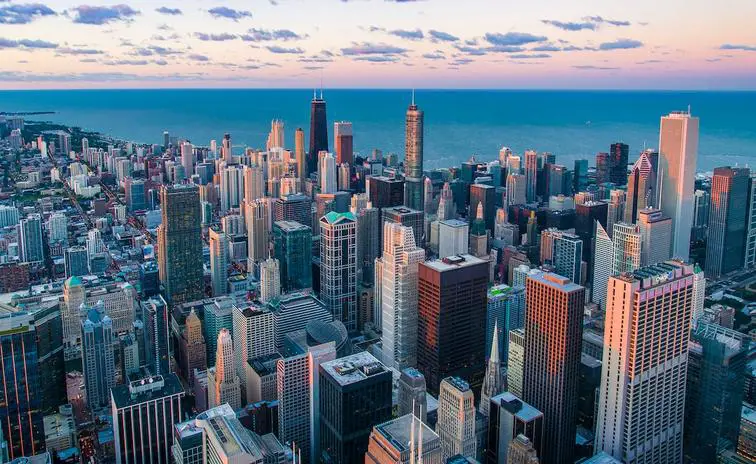
Samseonghyeol Shrine is a historical site located in Jeju City, South Korea.
It is a collection of three large holes in the ground that ancient Jeju people considered as the birthplace of their three legendary ancestors.
What to see or do: Visitors can explore the shrine’s surroundings, which help see the remains of altars, stone arrangements, and other religious structures used to worship the three gods.
It’s also a popular place to watch the sunrise.
Don’t miss: Witnessing a special ritual called “Ssumbak,” which takes place on every first full moon of the lunar calendar.
During the ceremony, women dressed in traditional attire sing and dance around the Samseonghyeol holes, performing a slightly eerie but spectacular ritual.
Insider travel tips: – Consider visiting in the early morning or late afternoon to avoid the crowds.
11. Cheonjiyeon Waterfall
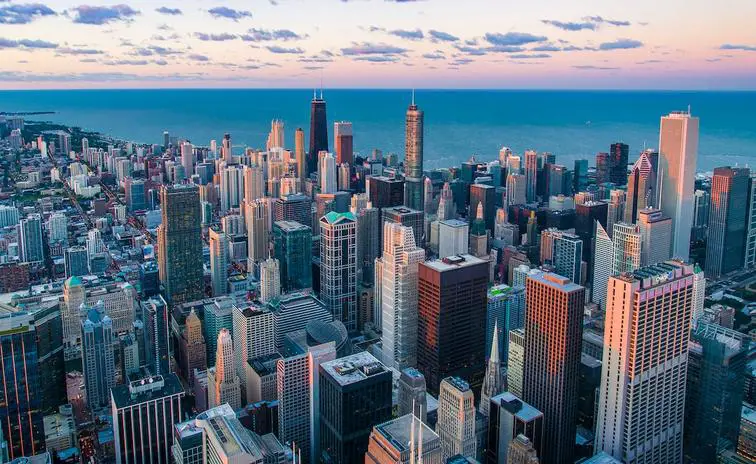
Cheonjiyeon Waterfall is a gorgeous, multi-tiered waterfall located in the Jungmun-dong district of Jeju City, South Korea.
What to see or do: Visitors can trek through the beautiful forested area surrounding the waterfall and enjoy the sight of the water cascading down several tiers before settling in the clear, blue pool below.
The lush surroundings, especially in the spring and summer months when the foliage is thick and green, add to the beauty of the area.
Don’t miss: The night view of Cheonjiyeon Waterfall is not to be missed.
After sunset, the waterfall is illuminated, creating an ethereal and magical atmosphere in which to enjoy the natural beauty of this stunning waterfall.
Insider travel tips: – Arrive early to beat the crowds and have the waterfall all to yourself for a bit.
12. Jeju Stone Park
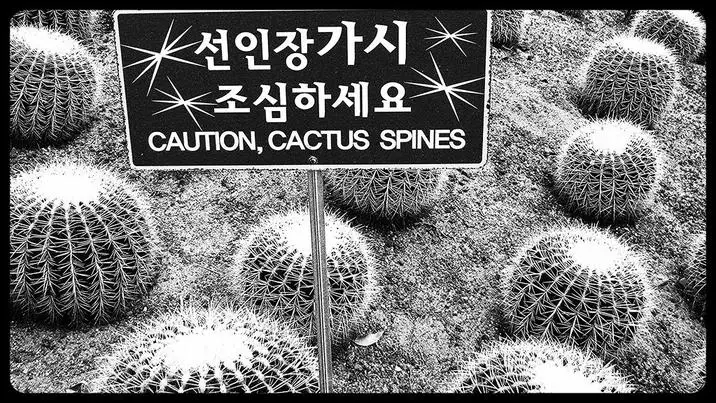
Jeju Stone Park is an outdoor museum in Jeju City that showcases the unique volcanic stone formations found on Jeju Island.
What to see or do: Visitors can take a leisurely stroll through the park’s gardens and admire the intricate stone sculptures. The park also features exhibits on the history and culture of Jeju Island.
Don’t miss: Be sure to check out the park’s popular Stone Art Festival, which takes place each November and features large-scale stone sculptures created by local and international artists.
Insider travel tips: Bring comfortable walking shoes and plan to spend at least a few hours exploring the park. Pack a picnic lunch to enjoy in the gardens.
For stunning views of the surrounding area, head up to the observation deck located at the top of the park.
13. Jeju International Convention Center
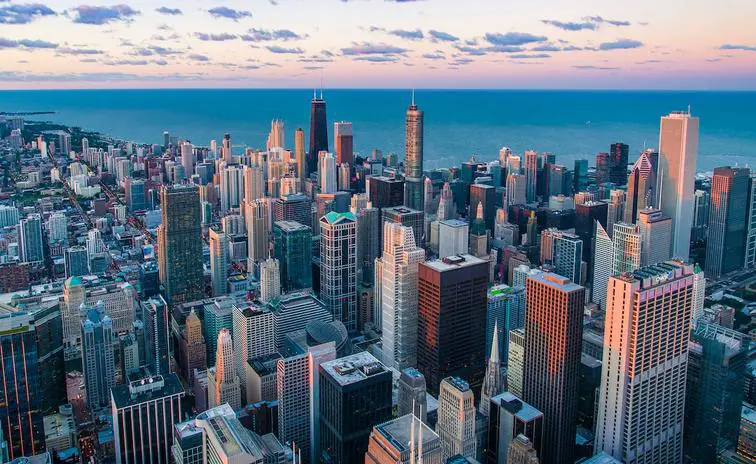
Jeju International Convention Center (ICC) is a state-of-the-art venue located in the heart of Jeju City on Jeju Island, South Korea.
It hosts a variety of events including international conferences, exhibitions, and concerts.
What to see or do: The modern and spacious facilities at Jeju ICC can accommodate large groups of up to 4,300 people. Visitors can attend various events, seminars, and concerts held throughout the year at the convention center.
The center also features an outdoor garden where visitors can walk and relax between events.
Don’t miss: The ICC boasts a beautiful garden where visitors can stroll and take in the scenic views of Jeju City.
In addition, the convention center is conveniently located near several popular tourist attractions like Jeju Folklore & Natural History Museum, Jeju Stadium, and Tapdong Square.
Insider travel tips: – If you’re planning to attend an event at Jeju ICC, it’s best to book your tickets in advance.
14. Jeju Aqua Planet
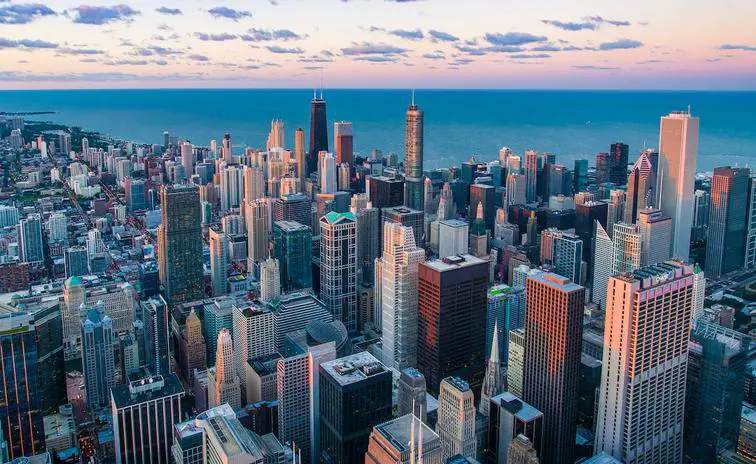
Jeju Aqua Planet is a state-of-the-art aquarium located in Jeju City, on the island of Jeju, South Korea.
What to see or do: Visitors will have the opportunity to see a wide variety of marine life from all over the world, including penguins, sharks, jellyfish, and more.
In addition to the exhibits, there are also interactive experiences available, such as touching starfish and sea cucumbers.
Don’t miss: One of the highlights of Jeju Aqua Planet is the 20-meter-long underwater tunnel, where visitors can walk through while surrounded by swimming fish and other sea creatures.
Insider travel tips: – Try to avoid going on weekends or holidays, as it can get very crowded.
15. Jeju Museum of War History and Peace
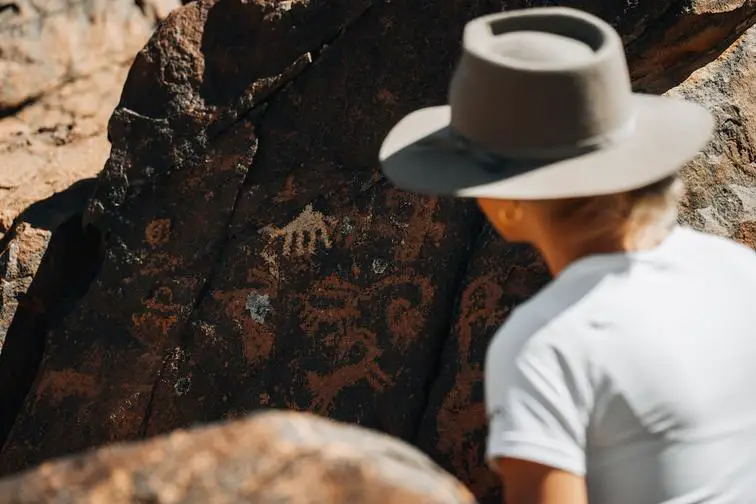
The Jeju Museum of War History and Peace is a museum dedicated to the history and impact of war on the island of Jeju.
What to see or do: The museum features exhibits and artifacts detailing the conflicts that have affected Jeju and its people, including the Jeju Uprising of 1948, the Korean War, and more recent conflicts like the Vietnam War.
Visitors can also view a collection of peace-related art and learn about efforts to promote peace on Jeju and throughout the world.
Don’t miss: One of the museum’s highlights is a replica of a typical Jeju village that allows visitors to see what traditional island life was like before the disruptions of war and conflict.
Other must-see exhibits include a bombed-out classroom from the Korean War and a 3D map of the island that illustrates the strategic significance of Jeju.
Insider travel tips: – Allow at least two hours to explore the museum thoroughly and take in all of the exhibits.
💪 Support independent web, support us: